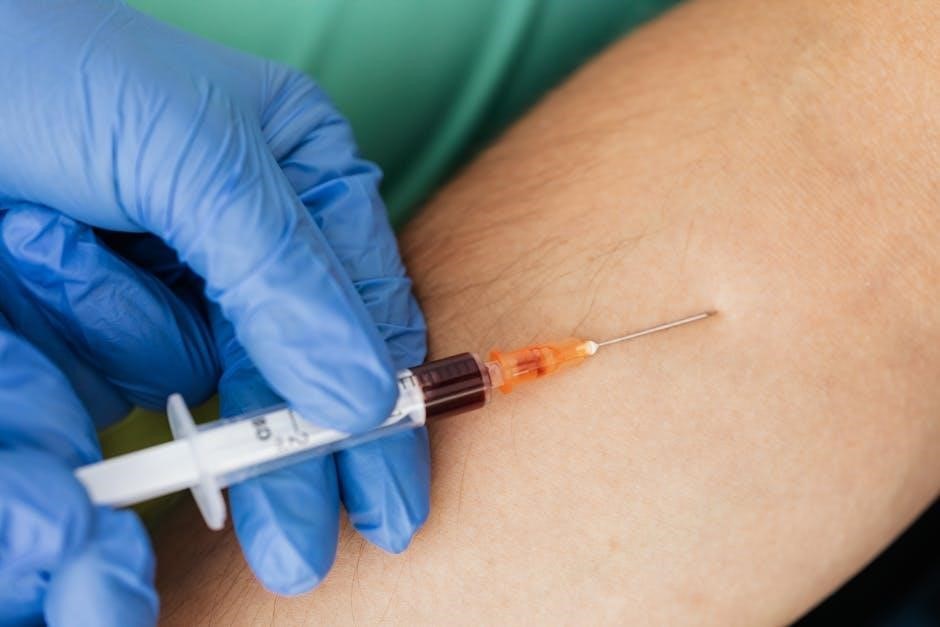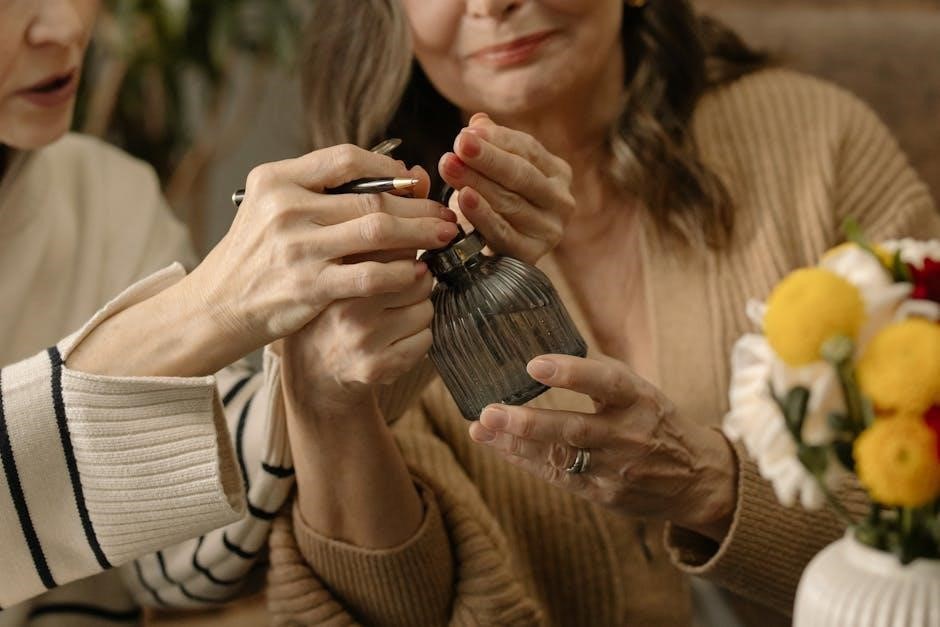
Intra-aortic balloon pump nursing care requires specific skills and knowledge to manage patients with this device, as outlined in various online resources and pdf documents available for healthcare professionals to access.
Definition and Purpose of Intra-Aortic Balloon Pump
The intra-aortic balloon pump is a medical device used to support the heart in critical situations, as described in various online resources and pdf documents. It is a mechanical device that helps the heart pump blood more efficiently. The purpose of the intra-aortic balloon pump is to increase myocardial oxygen perfusion and decrease cardiac workload. This is achieved by inflating a balloon in the aorta, which increases blood pressure and flow to the coronary arteries. The device is typically used in patients with severe heart failure, cardiogenic shock, or those undergoing high-risk coronary interventions. According to online resources, the intra-aortic balloon pump has been shown to be effective in improving cardiac function and reducing mortality in these patients. Overall, the intra-aortic balloon pump is an important tool in the management of critically ill patients with cardiovascular disease. Its use requires careful monitoring and management by healthcare professionals.

Principles of Intra-Aortic Balloon Counterpulsation
Intra-aortic balloon counterpulsation principles involve inflating a balloon in the aorta to increase cardiac output and reduce workload, as outlined in online resources and nursing care pdf documents available.
Indications for Intra-Aortic Balloon Pump Insertion
The indications for intra-aortic balloon pump insertion include cardiogenic shock, severe cardiac dysfunction, and refractory angina, as stated in various online resources and pdf documents.
These conditions require immediate attention and the use of an intra-aortic balloon pump can be life-saving.
The decision to insert an intra-aortic balloon pump is typically made by a team of healthcare professionals, including cardiologists and critical care nurses.
They assess the patient’s condition and determine the best course of treatment.
In some cases, an intra-aortic balloon pump may be used as a bridge to heart transplantation or as a temporary measure until other treatments can be implemented.
The use of an intra-aortic balloon pump requires careful monitoring and management to ensure optimal outcomes.
Healthcare professionals must be knowledgeable about the indications for intra-aortic balloon pump insertion and be able to provide high-quality care to patients with this device.
By understanding the indications for intra-aortic balloon pump insertion, healthcare professionals can provide better care and improve patient outcomes.
Overall, the use of an intra-aortic balloon pump is an important treatment option for patients with severe cardiac conditions.

Clinical Assessment and Management of Intra-Aortic Balloon Pump
Clinical assessment and management involve monitoring patient vital signs and pump parameters using specific nursing care protocols and guidelines.
Nursing Care Standards for Intra-Aortic Balloon Pump Patients
Nursing care standards for intra-aortic balloon pump patients involve a comprehensive approach to patient management, including monitoring of vital signs, pump parameters, and laboratory results. The American Heart Association and other reputable organizations provide guidelines for nursing care of patients with intra-aortic balloon pumps. These guidelines emphasize the importance of close monitoring, accurate documentation, and timely intervention in the event of complications. Nurses play a critical role in ensuring the safe and effective use of intra-aortic balloon pumps, and must be knowledgeable about the device, its indications, and potential complications. By following established nursing care standards, healthcare providers can optimize patient outcomes and minimize the risk of adverse events. Effective communication and collaboration among healthcare team members are also essential in providing high-quality care to patients with intra-aortic balloon pumps. Ongoing education and training are necessary to ensure that nurses stay up-to-date on the latest developments and best practices in intra-aortic balloon pump nursing care.

Complications and Risks Associated with Intra-Aortic Balloon Pump
Risks include bleeding, infection, and vascular complications, requiring close monitoring and prompt intervention by healthcare professionals using intra-aortic balloon pump nursing care pdf guidelines and protocols.
Documentation and Record-Keeping for Intra-Aortic Balloon Pump Patients
Accurate documentation and record-keeping are crucial for intra-aortic balloon pump patients, as outlined in various online resources and pdf documents. Healthcare professionals must maintain detailed records of patient information, including medical history, treatment plans, and device settings. This information is essential for ensuring continuity of care and facilitating communication among healthcare teams. The use of standardized documentation templates and electronic health records can help streamline the process and reduce errors. Additionally, documentation should include details on patient education, family involvement, and discharge planning to ensure a smooth transition of care. By prioritizing accurate and thorough documentation, healthcare professionals can provide high-quality care for intra-aortic balloon pump patients and improve overall outcomes. Effective record-keeping also enables healthcare providers to track patient progress, identify potential complications, and make informed decisions about ongoing care and treatment.
International Guidelines for Intra-Aortic Balloon Pump Care
Guidelines from international organizations provide standards for intra-aortic balloon pump care and management, available in pdf documents for healthcare professionals to access and follow.
Best Practices for Intra-Aortic Balloon Pump Management in Critical Care Settings
Best practices for intra-aortic balloon pump management involve a multidisciplinary approach, with critical care nurses playing a crucial role in patient care. The American Heart Association and other organizations provide guidelines for the management of intra-aortic balloon pumps in critical care settings. These guidelines emphasize the importance of proper insertion and removal techniques, as well as ongoing monitoring and assessment of patients with intra-aortic balloon pumps. Effective communication and collaboration among healthcare team members are also essential for optimal patient outcomes. Additionally, critical care nurses should be knowledgeable about the potential complications associated with intra-aortic balloon pumps and be prepared to respond quickly and effectively in emergency situations. By following best practices and guidelines, healthcare professionals can provide high-quality care to patients with intra-aortic balloon pumps and improve patient outcomes. Ongoing education and training are also essential for critical care nurses to stay up-to-date on the latest developments and advancements in intra-aortic balloon pump management.
